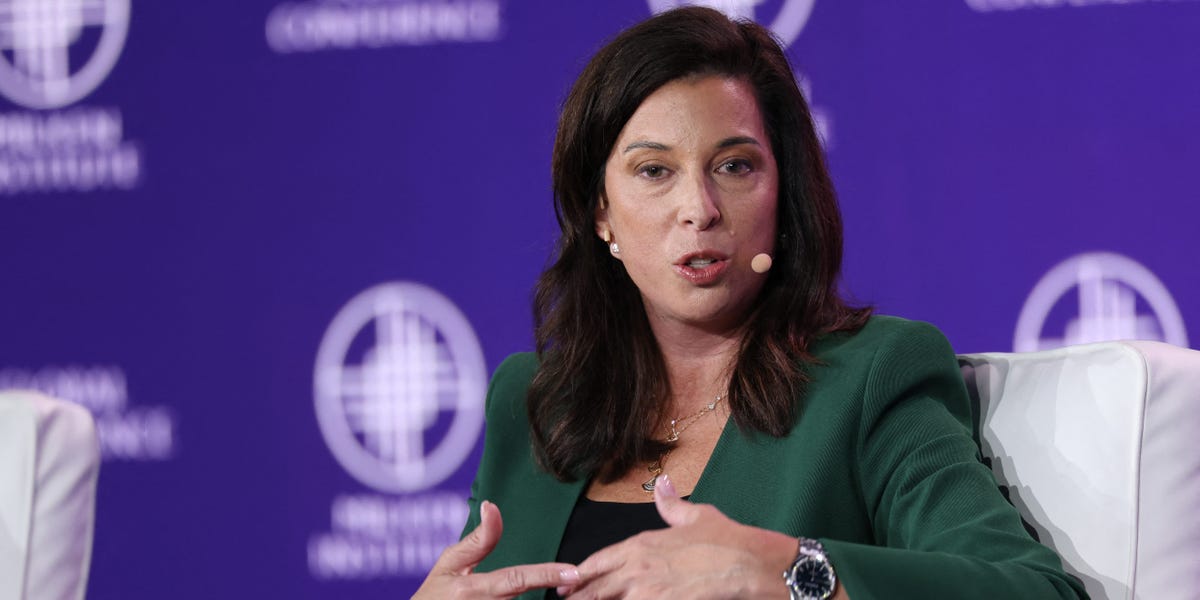
In an age dominated by digital communication and app-based networking tools, one might assume the traditional business card is obsolete. However, in 2025, these pocket-sized pieces of cardstock remain a key component of professional engagement—particularly at industry expos, trade shows, and large-scale conferences.
Business cards offer a tangible interaction in an otherwise impersonal digital world. Attendees at professional gatherings often find themselves walking away with handfuls of cards, far more than digital scans or LinkedIn QR codes. This physical exchange contributes to the memorability of a connection, offering a sensory cue that can be lost in the sea of virtual contacts.
“People still value the physical exchange as it imparts a certain professionalism and intentionality,” says marketing consultant Dana Patel. “Handing someone your business card feels more deliberate than sending a connection request.”
While digital alternatives like smartphone contact-sharing apps and QR codes have gained popularity, surveys suggest many professionals continue to carry business cards. Their persistence is due in part to several factors:
– **Ease of use**: A business card requires no battery or internet connection, and the relevant information is immediately accessible.
– **First impressions**: A thoughtfully designed card conveys brand identity and professionalism.
– **Networking etiquette**: In many cultures and industries, exchanging cards remains a widely accepted norm.
That said, business cards have evolved. Eco-conscious materials, scannable QR codes, near-field communication (NFC) technology, and minimalist designs cater to modern expectations. These updates merge the traditional format with new tech conveniences.
Still, the clutter of excess cards and the occasional misplaced contact highlight the limitations of the medium. Some companies are experimenting with hybrid models — offering attendees physical cards along with a digital version accessible via app or NFC chip. These innovations suggest that the business card is adapting rather than disappearing.
Ultimately, while digital platforms dominate routine communication, the humble business card remains a vital tool for first impressions and meaningful offline connections in a world still finding balance between the virtual and the tangible.
Source: https:// – Courtesy of the original publisher.








